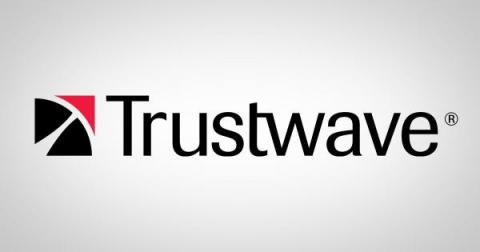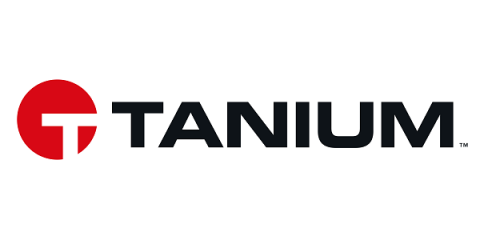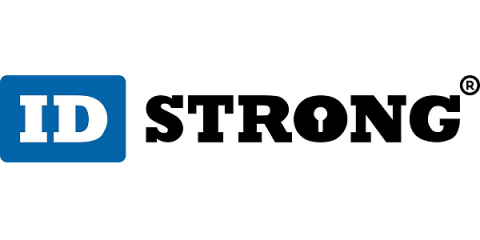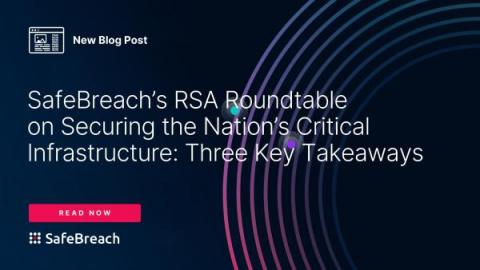Protect your IT assets through Managed Vulnerability Scanning
Managed vulnerability scanning is a cybersecurity service that uses software, vulnerability scanners, human-led and automated penetration testing, and other tools to help an organization identify, track, evaluate, and mitigate security risks both inside their network and connected external sources. Even organizations with the most sophisticated information technology security professionals are challenged when dealing with the hundreds of new threats released into the wild each month.










